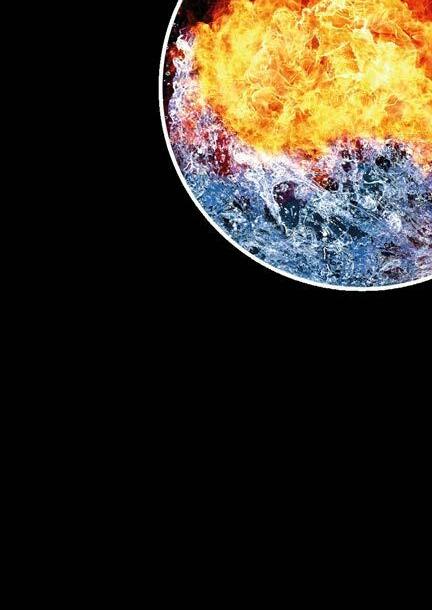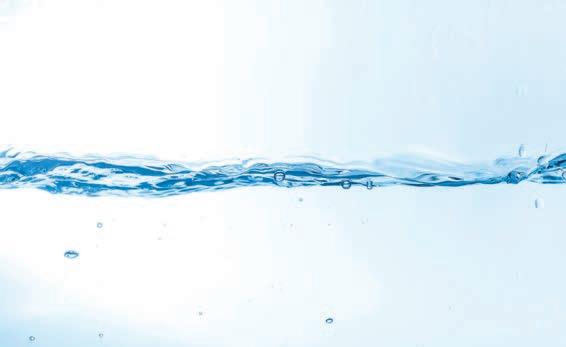21
B A F S A F O C U S M AY 2 0 2 2
y d
Time to re-focus?
ct s
d PERHAPS IT IS MY AGE, AND I APPEAR MORE SAGE THAN MY YEARS, REFLECTS DANNY DOHERTY BAFSA’ S ADVISER IN SCOTL AND, BUT R E C E N T LY I W A S A S K E D T O L O O K A T A U N I V E R S I T Y DISSERTATION FOR A YOUNG MAN (ANDREW), I KNOW EMBARKING ON A CAREER AS A SURVEYOR.
st
er n
y
r
g
T: +44 (0)1825 764737 F: +44 (0)1825 768330 E: info@appeng.co.uk i www.appeng.co.uk
DUAL PORT FIRE SPRINKLER VALVE SET
Now Available with Monitored
CST Industries (UK) Ltd specialises in the design, Ball Valve manufacture and construction of CE marked cylindrical and VersaTank galvanized steel bolted storage tanks. These tanks are primarily useddual forport storing watervalve in the firebeen sprinkler market • Applications Engineering’s fire sprinkler set has specifically designed the Residential & Domestic market. with for LPCB & FM approvals.
• Uses our own flow switch that has been specifically designed for the valve set to activate at 25 l/min. 01773 835321 • Monitored Ball Valve can be retro fitted and using our unique design also gives the dgibbons@cstindustries.com option to monitor to the flow switch.
www.cstindustries.com/vulcan-galvanized-tanks-uk Applications Engineering Ltd, Liberty House, Unit 9C Michael Way, Ashdown Business Park, Maresfield, East Sussex, TN22 2DU, UK REGISTERED IN THE UK, COMPANY NO. 01754698 (ENGLAND) - VAT NO. GB 207 6966 82
entitled ‘Analysing the effectiveness of fire suppression technologies in construction’, this is obviously not a new subject to many of us but is obviously something of interest to this young man making his way in life. Andrew looked at differing types of fire suppression systems, in the main sprinkler, mist, gaseous and foam. Challenging the efficiency, effectiveness and the sustainability of all the various types. Within the process of his dissertation, he studied a number of fire service personnel to provide statistical information. He set out to acquire the opinions of the Scottish Fire and Rescue service on the subject area through an online survey that would produce quantitative data. He would complete the results from the research undertaken and analyse the issues raised from the investigative engagements and finally he was going to provide recommendations to the Scottish Government on the actions that should ensue from the analysis. A volume of research was carried out, and although his bibliography was quite extensive, by his own admission he is no expert in the field. Rather he is relying on the data received by SFRS. 90 % of those who completed the study were front line operational staff. He does make some leaps of faith when assuming that all members of the fire service are aware of both the governments strategic objectives and have an in-depth knowledge of the Scottish building technical handbooks. As much as though in reality that assumption is flawed it is not unreasonable for the young man to reach it. Having said all that, the main issue here is the answers to the questions that were given which made me step back and think where we are going wrong. I appreciate that at times we are asked to carry out surveys to assist others. Perhaps we can be guilty of not giving it the attention the subject matter or the author deserves. However, having said that I find it somewhat baffling that 10% of operational frontline firefighters did not see the benefit of fire suppression systems. 15% knew nothing about any other type of suppression system that was available other than sprinklers. 10% believed that fire suppression systems will not assist the Scottish Government in achieving their sustainability targets. 75% believe that water mist is cheaper to install than a sprinkler system. Andrew does ultimately reach the conclusion that the sooner the fire is tackled the quicker it will be suppressed and eventually extinguished. Subsequently the smaller the fire the less damage









